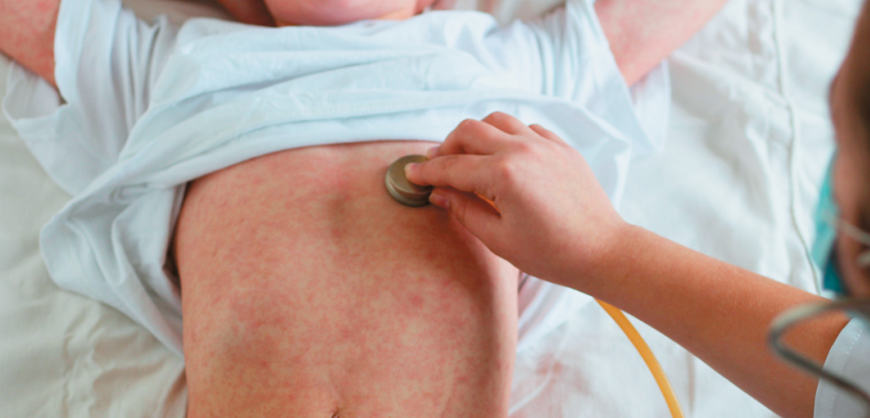“The parents should open their children’s health records and check their vaccination coverage. The same should be done for those under 50 years old. They should ask their parents if they have had the disease or if they have been vaccinated with both doses for smallpox”, was tThe recommendation of the honorary professor of Pediatric Infectious Diseases and president of the National Vaccination Committee, Maria Theodoridou, summarizing the problem and the solution regarding the reappearance of smallpox, which now also affects Greece.
The “forgotten childhood disease” of up to two decades ago has sparked epidemics in Europe, alarming Greek health authorities.
Five adults in Crete and Thessaloniki, including medical personnel, are the cases counted in our country so far. All were unvaccinated.
Moreover, until last Friday, one was still hospitalized.
The 3 epidemics that hit Greece






































